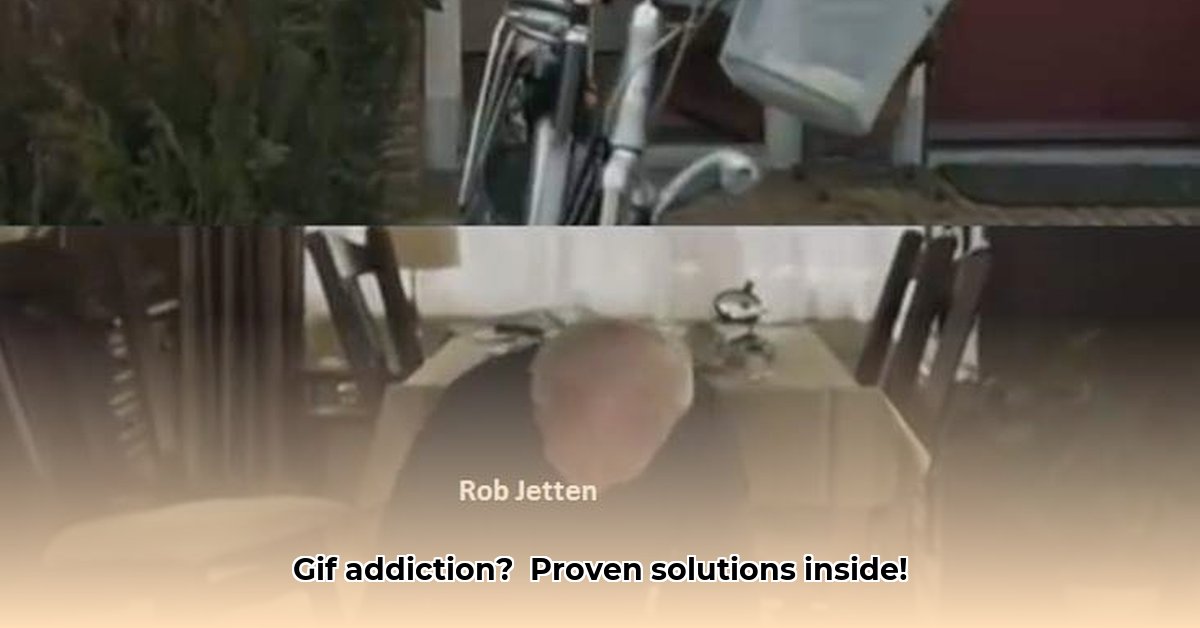
Understanding the "Het Houdt Niet Op Niet Vanzelf Gif" Phenomenon
Eish, so you’re wrestling with this “Het Houdt Niet Op Niet Vanzelf Gif” problem? Sounds like a right palaver! It’s a frustrating situation, but thankfully, you’re not alone. Many people are dealing with similar persistent issues, and we're here to help you find a solution. This guide will provide practical steps to tackle this ongoing challenge and prevent it from happening again. We’ll delve into the root causes, effective strategies, and long-term solutions, drawing on expert advice and real-world experiences.
Identifying the Source of the Problem
Think of this "gif" – whatever it’s representing – as a stubborn problem that keeps recurring. First, we need to pinpoint the source, like finding a leak in a pipe. Is it a recurring environmental issue? An ongoing technological glitch? Or perhaps a systemic problem requiring a broader approach? Accurate identification is key to effective intervention. Without knowing where it stems from, any attempts at resolution will be like shooting in the dark.
Assessing the Impact: What's at Stake?
Once the source is identified, we need a clear picture of the damage. What are the consequences of ignoring this “gif”? Are we looking at short-term inconveniences or long-term damage? What are the potential risks to health, the environment or broader economic implications? Thorough investigation – think scientific studies, data analysis, and expert consultations – is crucial to fully grasp the scope of the problem. This will inform the selection of the most effective solutions.
Implementing Actionable Solutions: A Step-by-Step Approach
Containment and Mitigation: Immediately address the visible effects of the "gif." This could involve temporary measures like containing the spread of a problem or mitigating immediate negative consequences.
Root Cause Elimination: Focus on eliminating the source of the problem. This often requires a more in-depth investigation and potentially more complex solutions, depending on the nature of the “gif.”
Prevention and Long-Term Solutions: Once containment and elimination are underway, focus on preventative measures. This could involve implementing changes in processes, systems, or behaviours to prevent future occurrences.
Expert Insight: Collaboration is Crucial
“Effective solutions often require a multi-faceted approach,” says Professor Nomusa Makhubu, Environmental Scientist at the University of Stellenbosch. “Collaboration between government, industry, and communities is paramount in tackling persistent problems. A shared responsibility and coordinated efforts are crucial for long term success.”
Long-Term Monitoring and Evaluation
Even after implementing solutions, ongoing monitoring is vital. Regular checks and data analysis will ensure the effectiveness of the chosen strategies, and allow for adjustments as needed. This long-term approach ensures that the problem doesn't resurface. Keeping a watchful eye allows for early identification of any relapses, enabling timely intervention.
Key Takeaways:
- Identifying the source of the "Het Houdt Niet Op Niet Vanzelf Gif" is the first crucial step.
- A multi-pronged approach involving immediate mitigation, root cause elimination, and long-term prevention is most effective.
- Collaboration between stakeholders is essential for successful and sustainable solutions.
- Consistent monitoring and evaluation are critical to prevent recurrence.
This comprehensive approach tackles the immediate challenges while building a foundation for a sustainable solution, ensuring that the "Het Houdt Niet Op Niet Vanzelf Gif" is dealt with effectively and permanently.